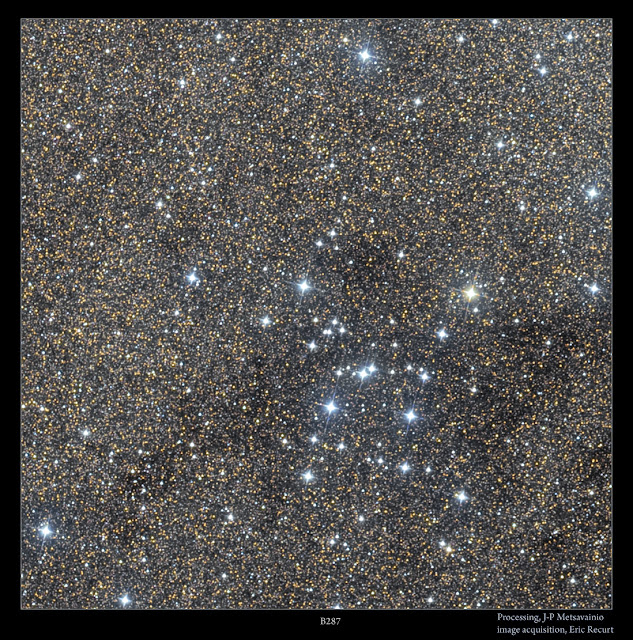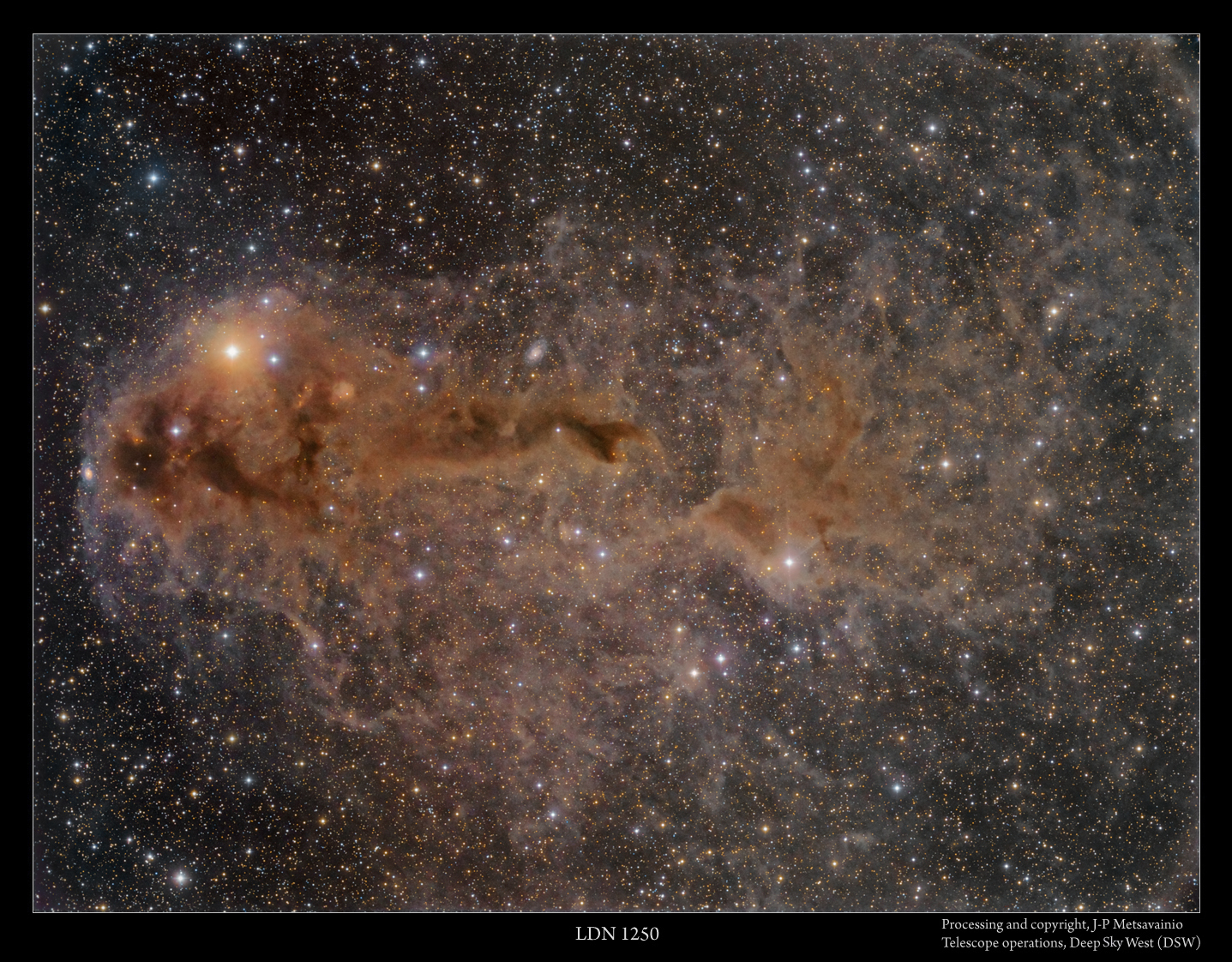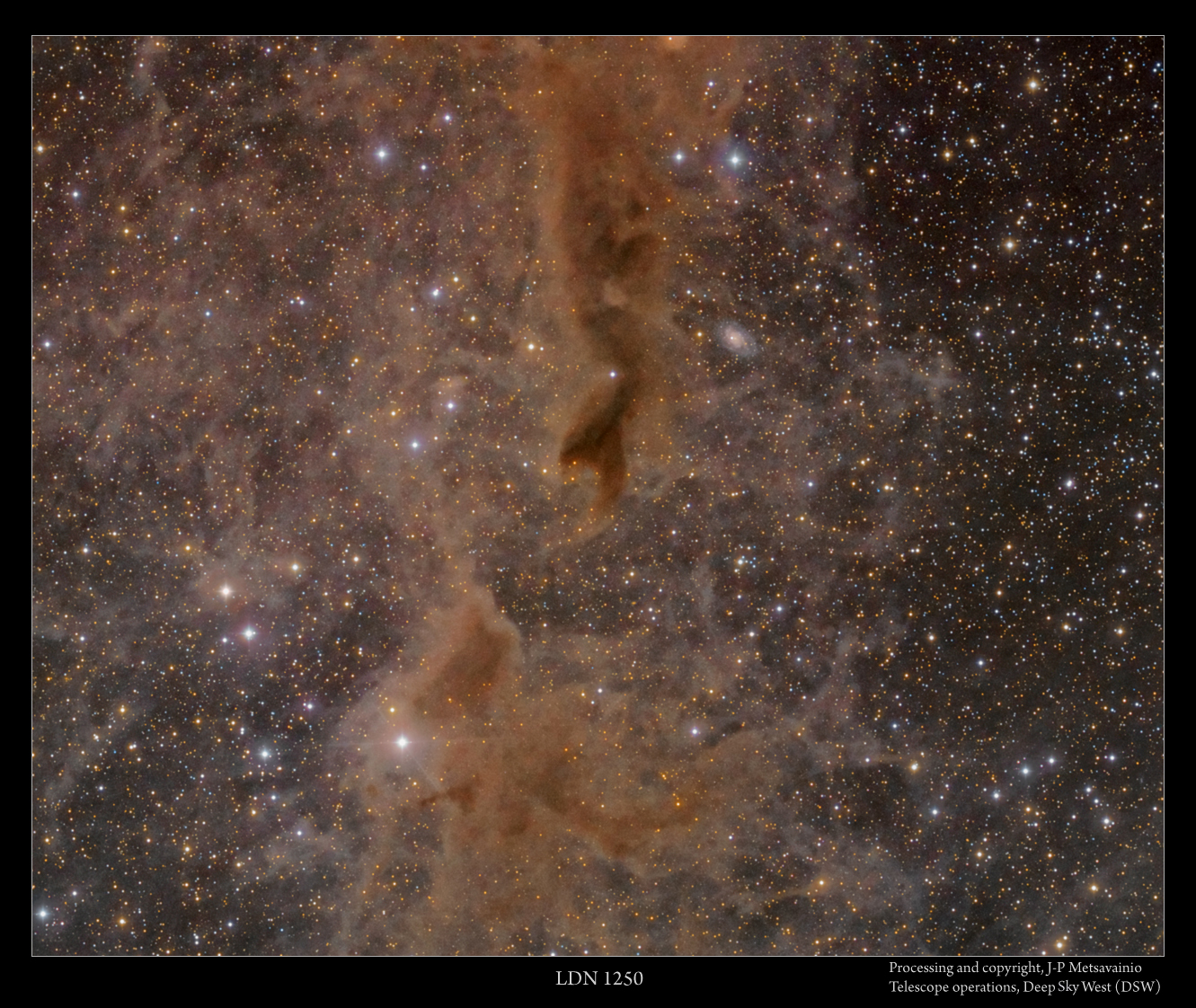COPYRIGHT, PLEASE NOTE
All the material on this website is copyrighted to J-P Metsavainio, if not otherwise stated. Any content on this website may not be reproduced without the author’s permission.
Have a visit in my portfolio
PORTFOLIO:https://astroanarchy.zenfolio.com/
Friday, September 4, 2015
Half a million stars and Messier 7
This is a second image produced as a collaboration with me and Eric Recurt. The data is shot from his observatory at Tenerife. The Observatory locates at 2400 m altitude and at 28 degrees North. The site has excellent seeing conditions, 0.8 " on average and can be below 0.3 "
Messier 7, "My God, it's full of stars!"
Be sure to click for a full size image! (Quote, 2001: A Space Odyssey)
Just right from the Messier 7 locates a dark nebula B 287. In this image is visible about 500.000 stars of our Milky Way. Click the photo to see all of them! (2100x2100 pixels)
A closeup of Messier 7
Click for a large image
Planetary nebula PN Hf2-1
Click for a large image
Planetary Nebula PN Hf2-1 is a blue dot at middle of the image area.
INFO
Technical details
Processing workflow
Deconvolution with a CCDStack2 Positive Constraint, 27 iterations, added at 33% weight
Color combine in PS CS3
Levels and curves in PS CS3.
Imaging optics
340mm F3.3 astrograph
Mount
ASA DDM 85
Cameras and filters
FLI PL 16803
Exposure times
Luminance, 11 x 300s = 55min
Red = 6 x 180s = 18min
Green = 6 x 180s = 18min
Blue = 6 x 180s = 18min
Total 1h 49min
Labels:
star clusters
Rosette Nebula from a professional observatory in Tenerife
This is my second remote image this year but with different partner. I get contacted by Eric Recurt and we started a cooperation between us. The imaging season, up here 65N, hasn't started yet. This is a great way to produce high quality photos during my mandatory summer pause.
Observatory
The Observatory locates at 2400 m altitude and at 28 degrees North. The site has excellent seeing condition usually below 1" year , 0.8 " on average to be exact and can be below 0.3 "
Instruments
The instrument is a 340mm F3.3 astrograph with FLi Pro 16803 + Centerline 10 position filter wheel on a DDM 85 mount .
The first published photo from Teneriffe,
NGC 2244, the Rosette Nebula
Click for a large image
This is a broadband LRGB image of the Rosette Nebula from a remote observatory in Tenerife.
A closeup
Click for a large image
Technical details
Processing workflow
Deconvolution with a CCDStack2 Positive Constraint, 27 iterations, added at 33% weight
Color combine in PS CS3
Levels and curves in PS CS3.
Imaging optics
340mm F3.3 astrograph
Mount
ASA DDM 85
Cameras and filters
FLI PL 16803
Exposure times
Luminance, 10 x 600s = 1h 40min
Red = 5 x 300s = 25min
Green = 5 x 300s = 25min
Blue = 5 x 300s = 25min
Total 2h 55min
An experimental starless version as an animation
Labels:
nebula
Thursday, September 3, 2015
Something new! My first light from The Deep Sky West (DSW) remote observatory
The imaging season, up here 65N, hasn't start yet. I have had a wonderful opportunity to use couple of remote telescopes. One in Canary islands and the other in New Mexico. I'll publish more images from both telescopes soon.
The first photo published is from Deep Sky West observatory. It's taken under a very dark sky. Unlike in my current light polluted location, it's now possible to image broadband targets, like galaxies, reflection nebulae and dark nebulae! HERE is some more info about the Deep sky West Observatory
LDN 1250 & 1251
A natural color LRGB photo of the dark nebula LDN 1250 in Cepheus
Closeups
Click for a large image
Galaxy behind the dust
Magnitude 16 galaxy at middle of the image is PGC 166755, size 1.3 x 0.6 arcmin.
An experimental starless photo of LDN 1250 & 1251 as an animation
The nebula stands out nicely without stars. There are couple of much more distant galaxies at the image. One at right most left and the other at upper left from middle.
INFO
Image contains objects LDN 1251, LBN 558, PGC 69472, PGC 166755
This low mass star forming region in Cepheus is an extended cloud of gas and dust. There are two galaxies visible in the image. At most left middle lays magnitude 15.5 galaxy PGC 69472, angular dimensions are
2.1 x 1.6 arcminutes. Galaxy PGC 166755 At middle left shines at magnitude 16 and has size of 1.3 x 0.6 arcminutes.
Technical details
Processing workflow
Stacked and calibrated in CCDStack2.
Deconvolution with a CCDStack2 Positive Constraint, 27 iterations, added at 33% weight
Color combine in PS CS3
Levels and curves in PS CS3.
Imaging optics
Takahashi FSQ-106EDXIII
Mount
Astro-Physics Mach1AP GTO with GTOCP3
Cameras and filters
QSI683WSG
Astrodon Luminance Tru-Balance E-Series Gen
Astrodon Red Tru-Balance E-Series Gen 2
Astrodon Green Tru-Balance E-Series Gen 2
Astrodon Blue Tru-Balance E-Series Gen 2
Exposure times
Luminance, 26 x 900s = 6.5h
Red = 14 x 900s = 3.5h
Green = 14 x 900s = 3.5h
Blue = 14 x 900s = 3.5h
Total 17h
A single calibrated and stretched 15 min. Luminance frame as it comes from the camera
Click for a large image
Labels:
nebula
Monday, August 3, 2015
A large collection of my experimental 3D-astronomy as a movie
This is an experimental test with a 3D-conversion of my astronomical image. Only real elements from the original images are used, there is nothing added but the estimated volumetric information!
NOTE. This is a personal vision about shapes and volumes, based on some scientific data, deduction and an artistic impression.
A deep deep space
A HD video, ~11 min.
NOTE. This is a personal vision about shapes and volumes, based on some scientific data, deduction and an artistic impression.
A HD video, ~11 min.
Original movie is in HD 1080p resolution.
Please, click the Youtube logo at lower right to see this video in Youtube.
In youtube, click the Gear symbol, at lower right in Youtube window, and select the Quality to 1080p.
Then watch the video in full screen for the best viewing experience.
Then watch the video in full screen for the best viewing experience.
Info about the technique used
Due to huge distances, real parallax can't be imaged in most of the astronomical objects.
I have developed an experimental technique to convert my astropics to a artificial volumetric models.
My 3-D experiments are a mixture of science and an artistic impression. I collect distance and other information before I do my 3-D conversion. Usually there are known stars, coursing the ionization, so I can place them at right relative distance. If I know a distance to the nebula, I can fine tune distances of the stars so, that right amount of stars are front and behind of the object.
I use a “rule of thumb” method for stars: brighter is closer, but if a real distance is known, I'm using that. Many 3-D shapes can be figured out just by looking carefully the structures in nebula, such as dark nebulae must be at front of the emission nebulae in order to show up etc...
The general structure of many star forming regions is very same, there is a group of young stars, as an open cluster inside of the nebula. The stellar wind from the stars is then blowing the gas away around the cluster and forming a kind of cavitation – or a hole — around it. The pillar-like formations in the nebula must point to a source of stellar wind, for the same reason.
How accurate the final model is, depends how much I have known and guessed right. The motivation to make those 3-D-studies is just to show, that objects in the images are not like paintings on the canvas but really three dimensional objects floating in the three dimensional space. This generally adds a new dimension to my hobby as an astronomical imager.
Labels:
animations
Subscribe to:
Posts (Atom)





















